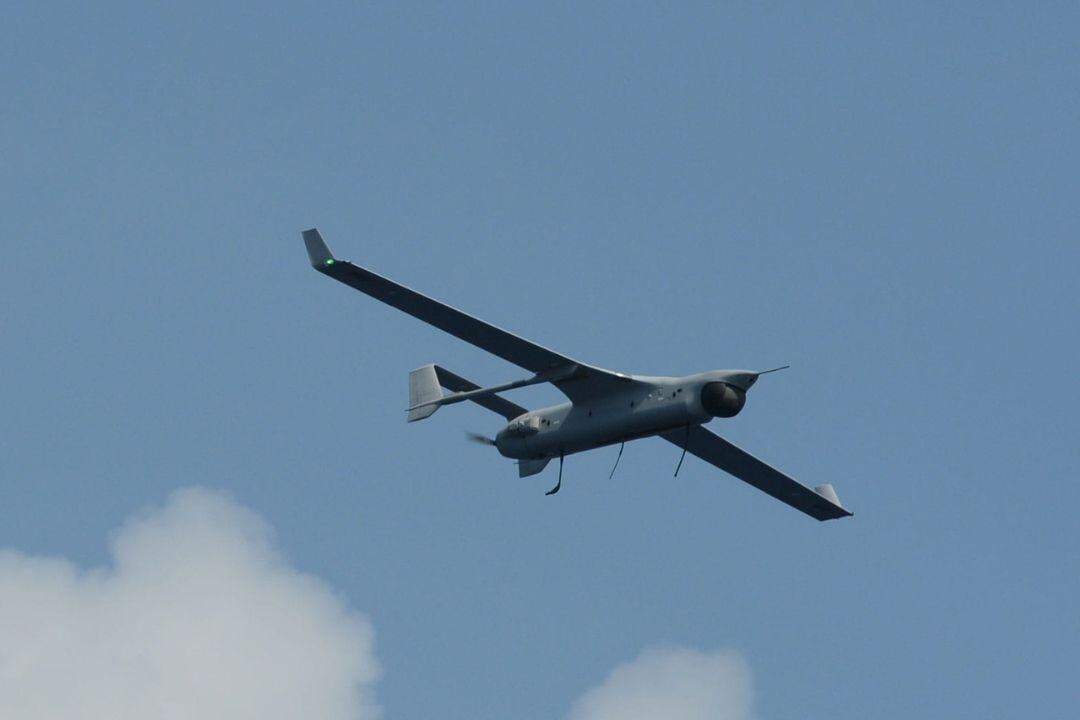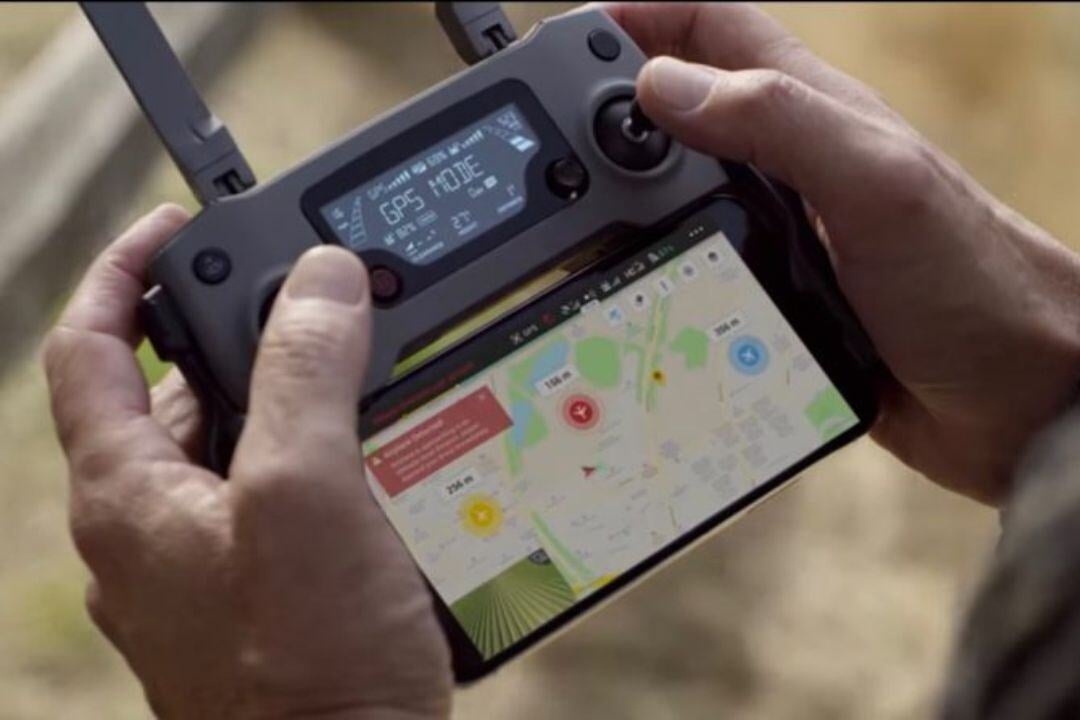Autonomous Navigation Systems
Intelligent Flight for Unmanned Operations
Autonomous navigation systems are advanced technologies that enable unmanned aerial vehicles (UAVs) and drones to operate independently with minimal human intervention. These systems leverage AI, machine learning, and sensor fusion to ensure precise navigation, obstacle avoidance, and mission execution. Autonomous navigation systems are critical for surveillance, search and rescue (SAR), disaster response, and environmental monitoring, enhancing efficiency and safety in complex and dynamic operational environments.

Applications of Autonomous NAV Systems
Autonomous navigation systems enhance efficiency and safety in surveillance, SAR, disaster response, environmental monitoring, and infrastructure inspection by enabling UAVs to operate with minimal human intervention.
For surveillance and reconnaissance, they provide long-endurance monitoring of borders, infrastructure, and restricted zones. In search and rescue (SAR), they navigate challenging terrains, identifying survivors and hazards in remote areas.
During disaster response, autonomous systems map affected regions and assess damage, enabling faster resource allocation. In environmental monitoring, they track wildlife, forests, and environmental changes in hard-to-reach areas. For infrastructure inspection, they perform close-proximity assessments of powerlines, pipelines, and critical assets without operator control.
With AI-driven precision and adaptive flight capabilities, these systems optimize mission efficiency, accuracy, and reliability in dynamic environments.

Check our Completed Projects



